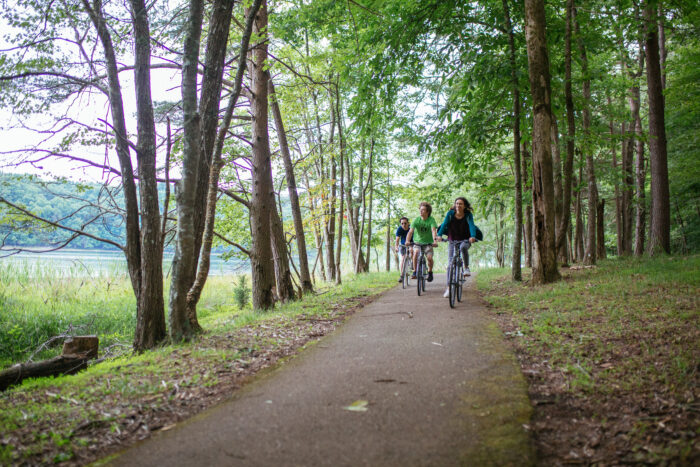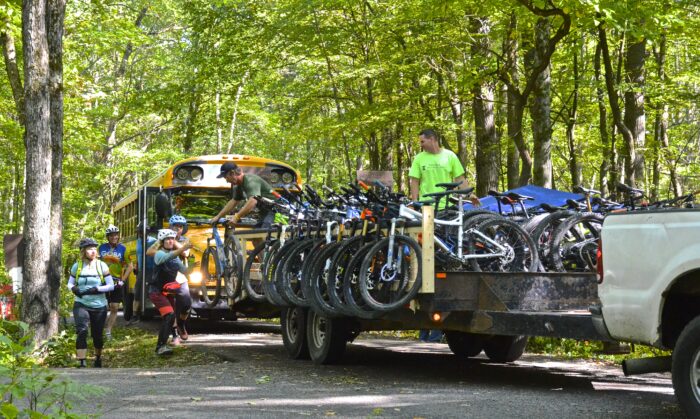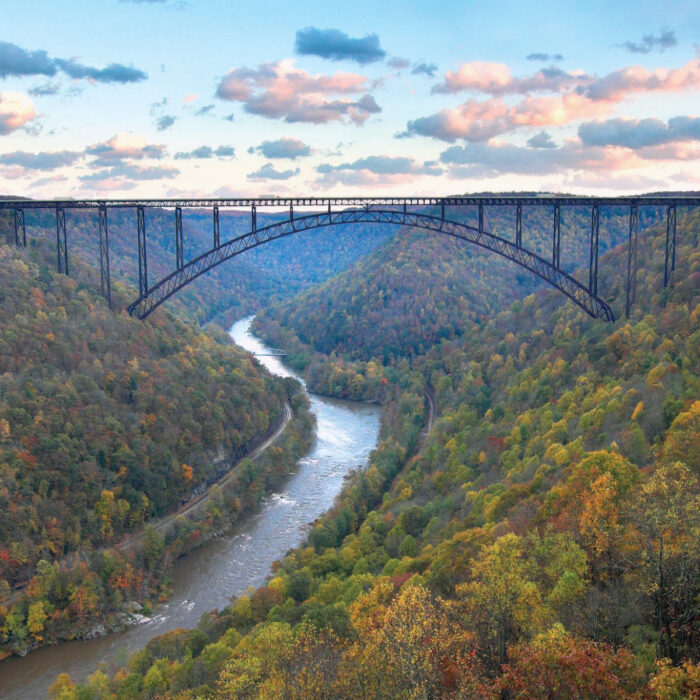Though Appalachia has two incredible national parks, the Region is also filled with 16 National Forests. ARC partners are finding ways to connect those assets, which are managed by the U.S. Forest Service, with surrounding communities to sustainably leverage the economic potential. One great example? Rural Action in Ohio, which is using ARC POWER support to strengthen their community through Asset-based Entrepreneurship: Trails, Towns, and Tourism in the Appalachian Ohio Economy.
The two-phase project focuses on the Wayne National Forest, which is located between the northern Hocking Hills and the city of Athens, and extends into parts of five counties (four of which are economically at-risk). Rural Action hopes to boost the local economy by supporting an emergent tourism sector that celebrates natural, cultural and entrepreneurial assets, and by constructing a world-class mountain bike trail system to serve as an outdoor recreation anchor.
Educating and Empowering Locals
To ensure the success of this ambitious initiative, Rural Action partnered with the Wayne National Forest , and groups like Appalachian Center for Economic Networks (ACEnet), Ohio Hill Country Heritage Area (OHCHA), and Hocking-Athens-Perry Community Action. During Phase I, Rural Action’s entrepreneurial coaches engaged individuals and businesses in trail towns to develop community assets. OHCHA also worked with entrepreneurs in a sector-based approach to build co-branding and shared marketing campaigns that deepen visitor experience and increase economic activity. Meanwhile, ACEnet and Rural Action staff facilitated creative-placemaking workshops and training to empower the trail head communities.
This project has also empowered Rural Action team members themselves, creating opportunities as trail assistants, filmmakers, and more.
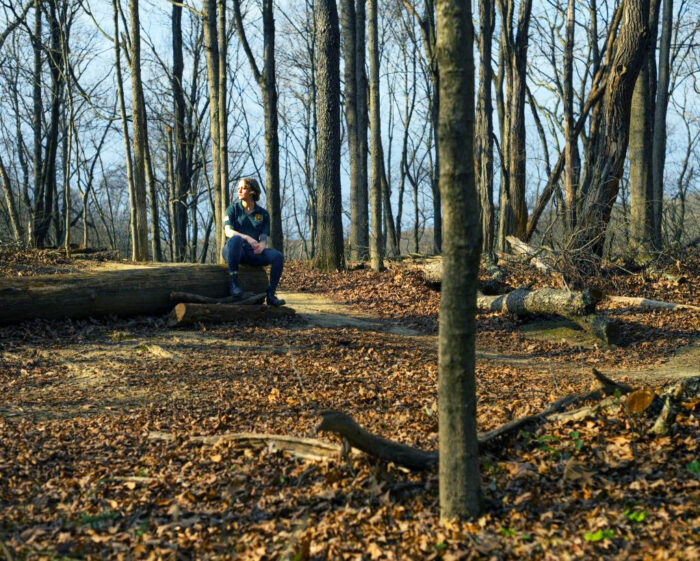
Region of Opportunity
“When I look down at this region from up on the trail, I see opportunity. This land still has so much to offer the thousands already coming from near and far to experience it. I count myself among those whose lives have been positively impacted by these trails. Because of the Baileys, I have been able to put food on my family’s table through this pandemic.”
–Jasmine Facun, Baileys Trail System Program Assistant, Rural Action
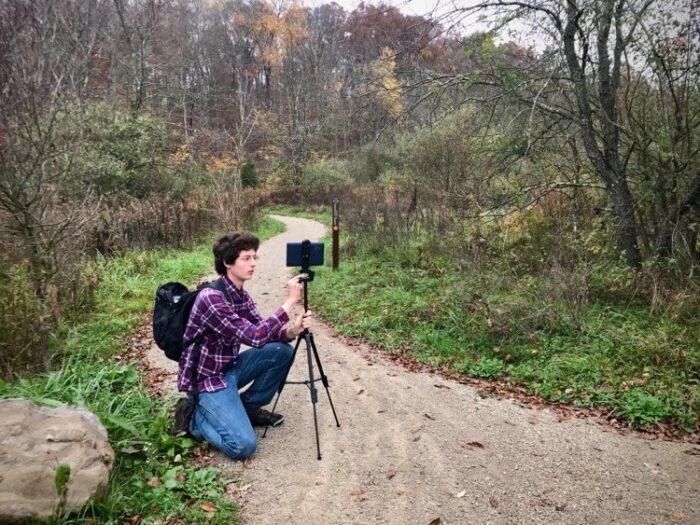
New Direction
“[This video internship] changed my life. I love every second of it. This is the first time I’ve ever done anything like this. It’s my first professional job. I’m lucky. A lot of people don’t get these opportunities. This job could set me on a whole new direction. It’s the biggest thing that’s ever happened to me.”
–Dallas Taylor, Recent High School Graduate & Rural Action Intern
Partnering for Sustainable and Accessible Trails
Phase II of the project has constructed at least 31 of the planned 88-miles of Baileys Trail System in the Wayne National Forest. Rural Action, which specializes in sustainability, formed a unique and close partnership with U.S. Forest Service to administer construction. Other important partners include Buckeye Trail Association and the Greater Appalachian Valley Conservation Corps.
Rural Action CEO Debbie Phillips notes the trail system is expected to bring 181,000 visitors per year to the area, resulting in millions in increased spending in coming years. “Our goal, together with many community partners, is to make sure that local people, businesses and communities benefit so that these dollars stay local,” Phillips says.
Phase II funding also helped construct the Shawnee Connector – a critical access point of ADA-accessible trails for the Buckeye Trail/North Country Trail that links the Tecumseh Lake Trailhead in the Wayne National Forest to the Main Street of the Village of Shawnee. Initiated in 1959, the Buckeye Trail is now 1,400+ miles long, the nation’s longest loop trail, and is the state trail of Ohio.
Rural Action’s work is an incredible example of Appalachian communities turning natural assets into robust economic activity. The project expects $5.7 million leveraged in private investment for trail infrastructure, including $3.3 million in New Markets Tax Credits. Additionally, this project is expected to create 25 new businesses and 40 new jobs, as well as improve 50 existing businesses, and retain 150 existing jobs. “The Baileys Trail System has the potential to diversify our local economy and help local communities,” says Debbie Phillips. “We’re excited to be a part of this collaboration.”
